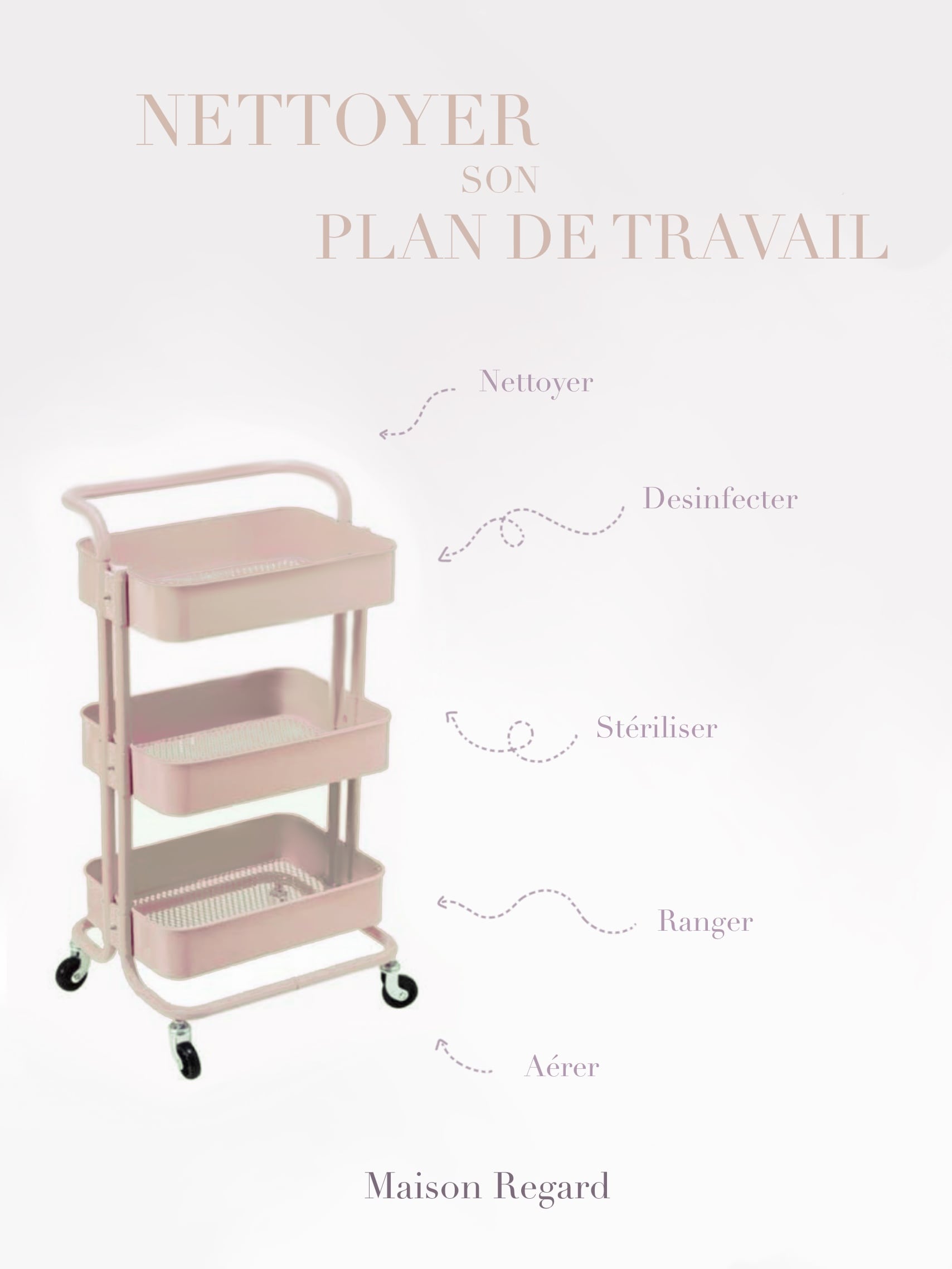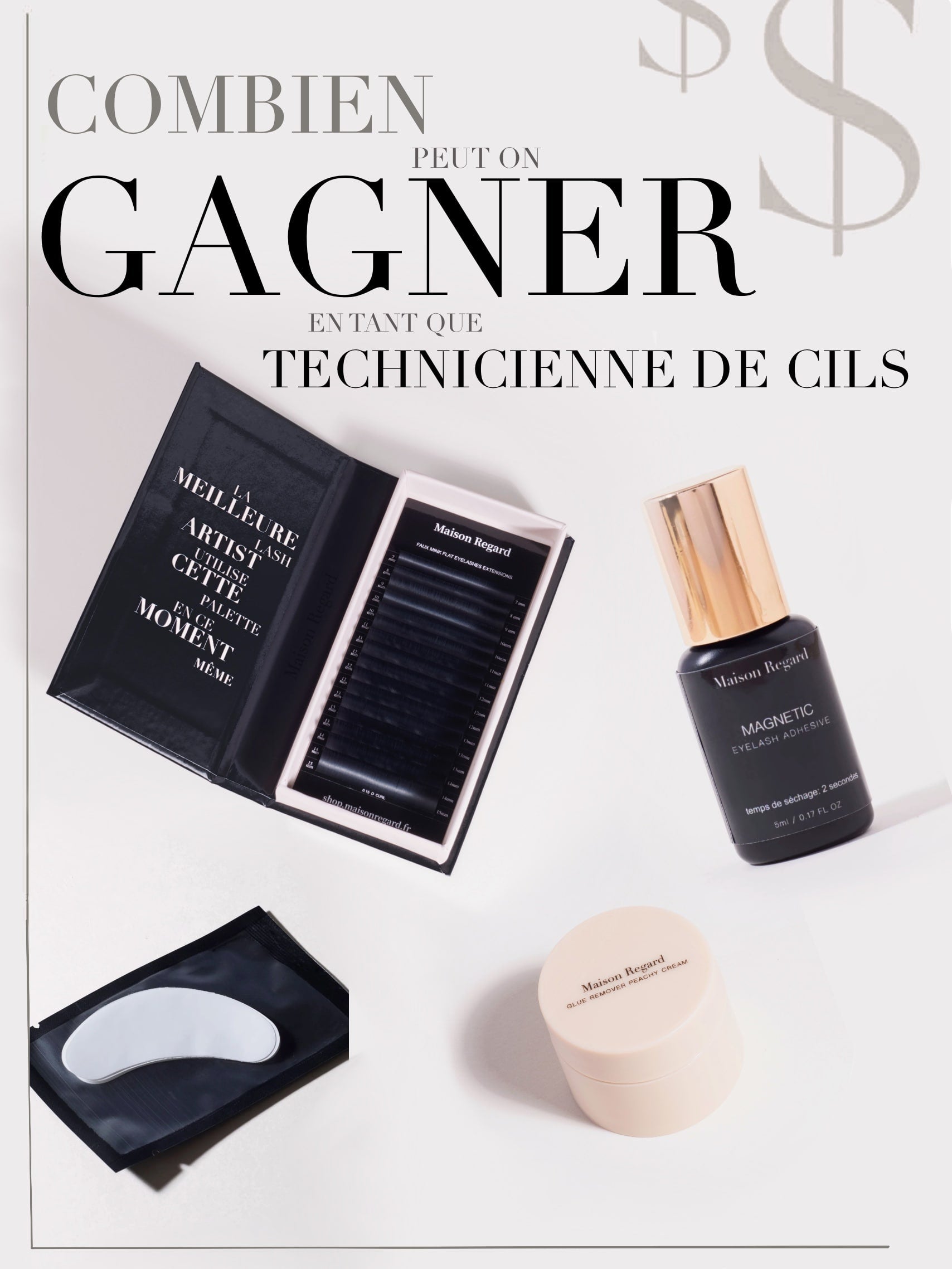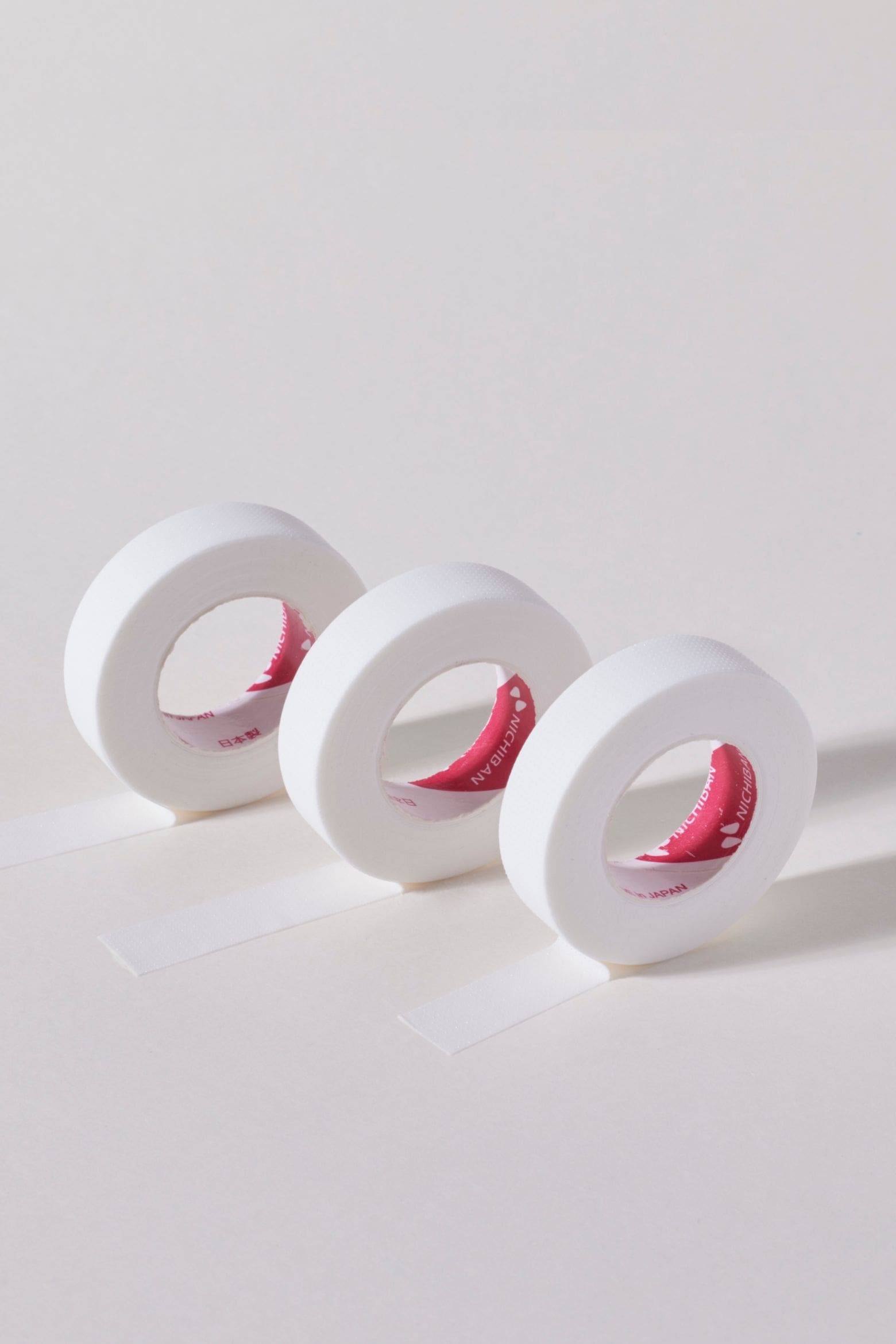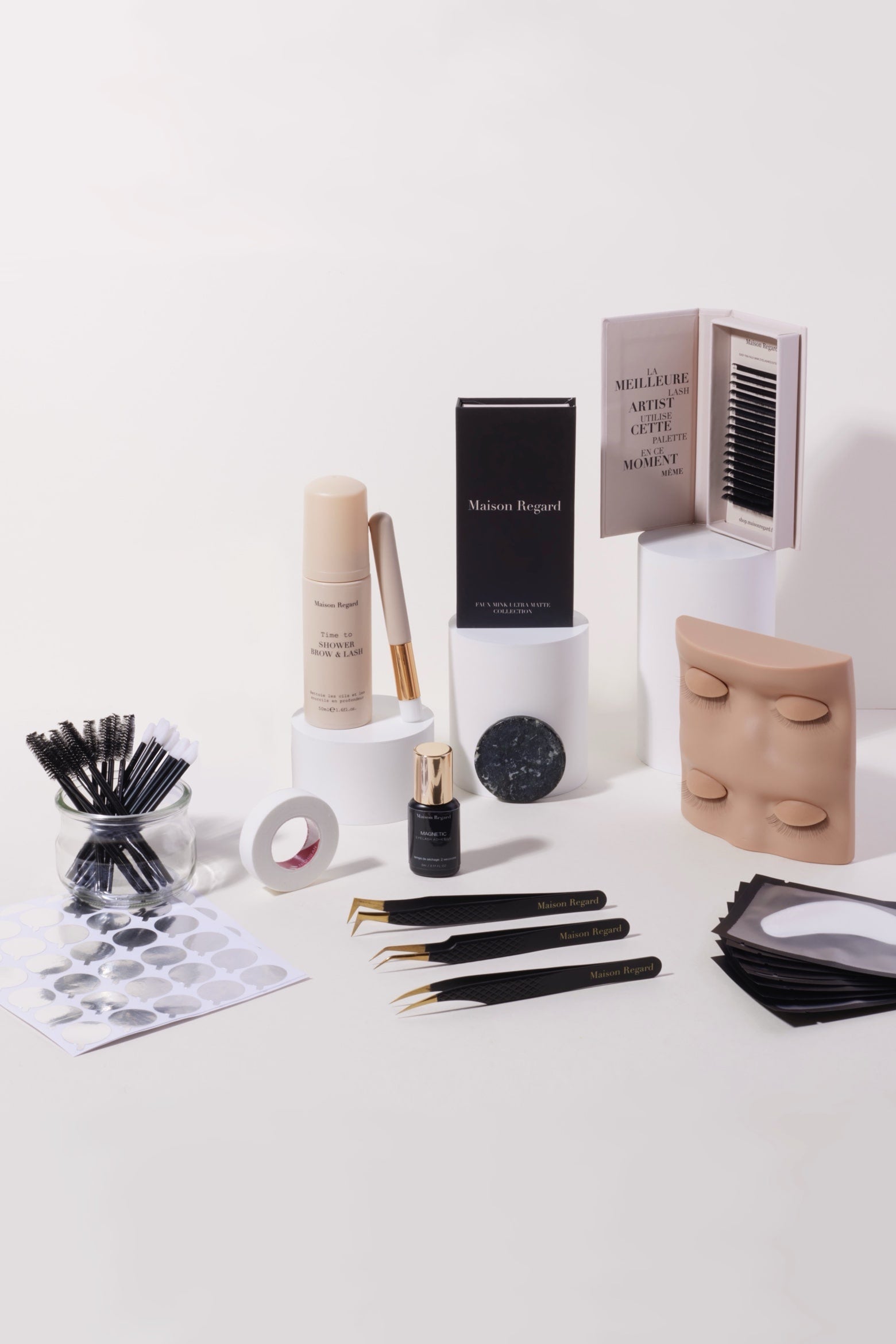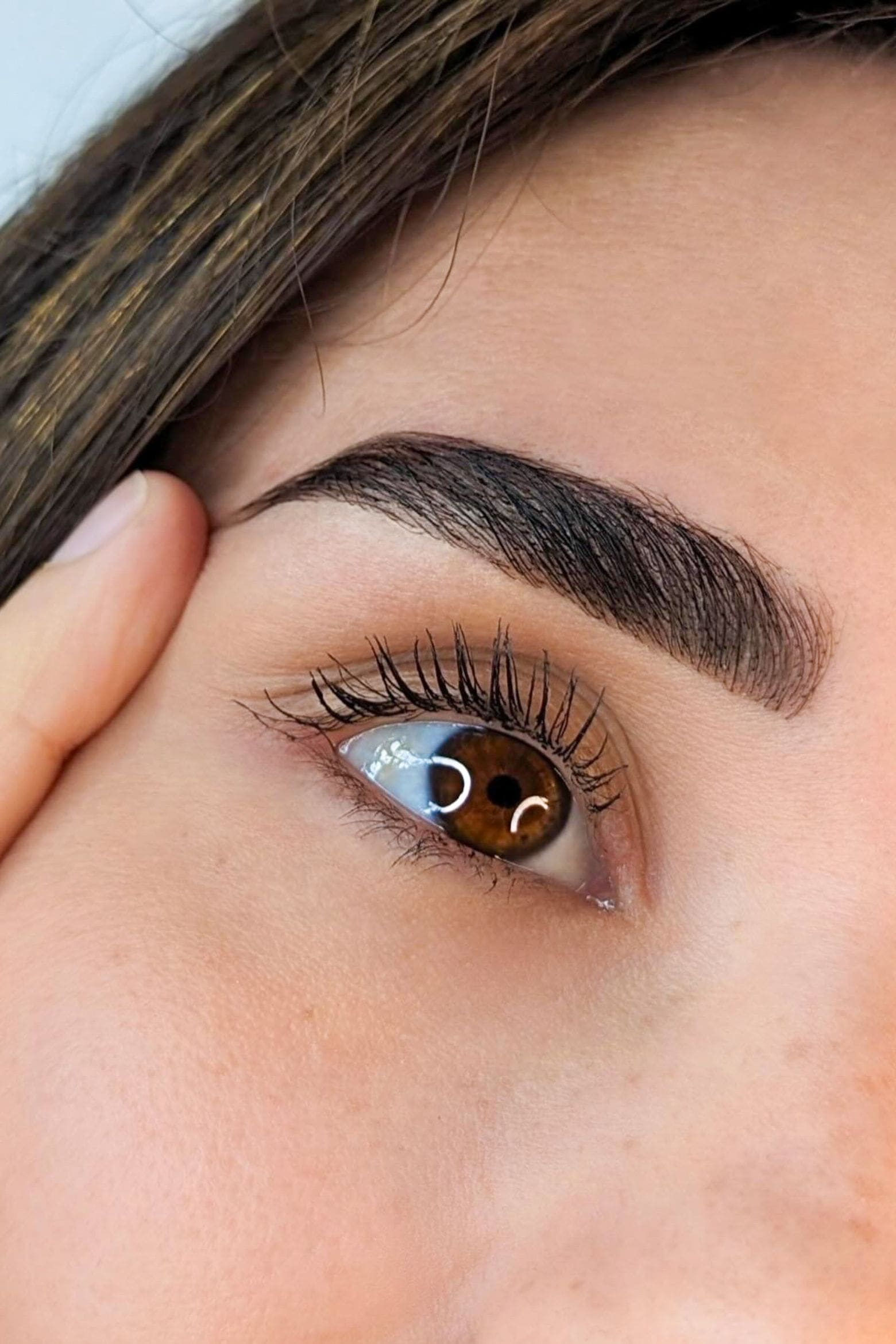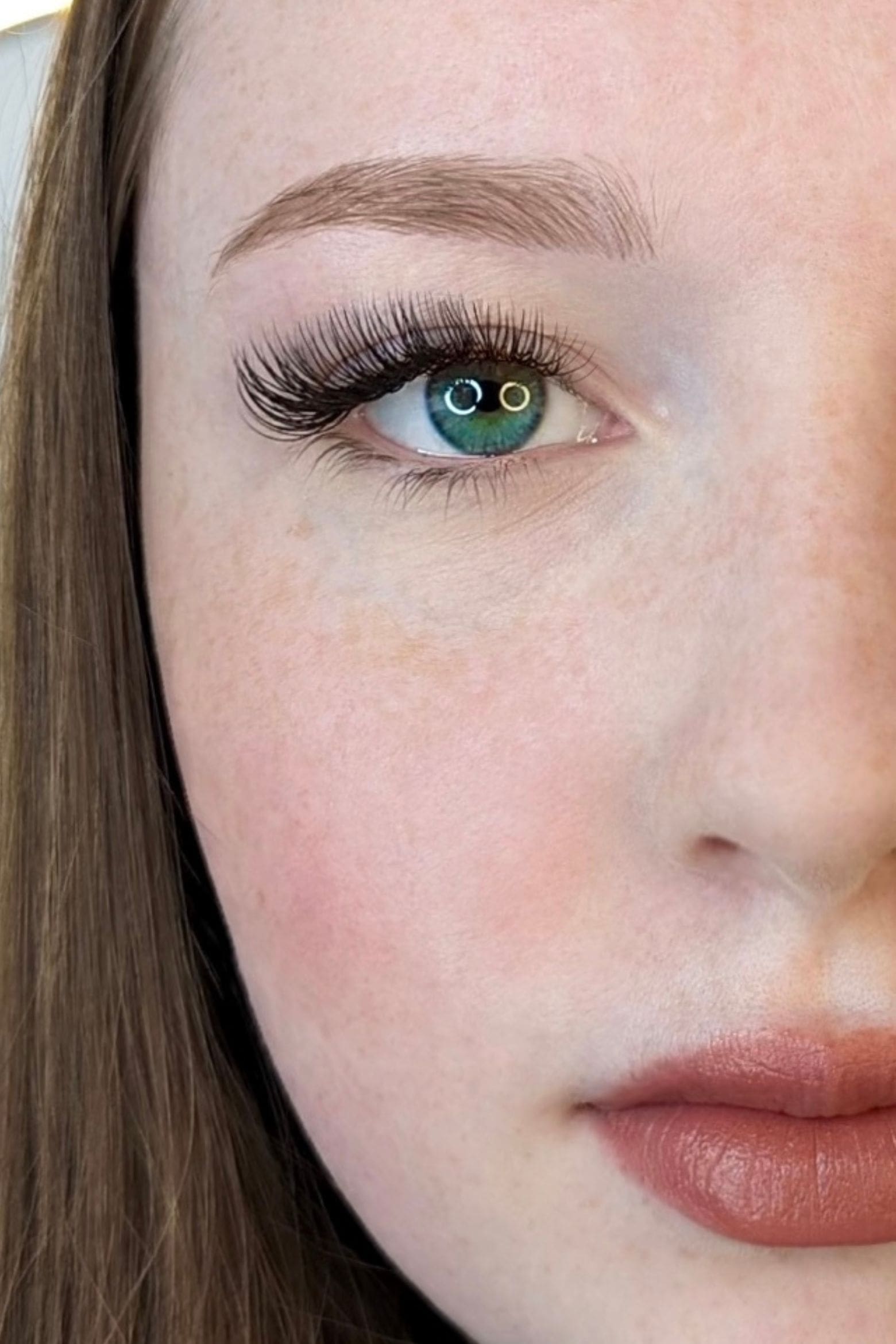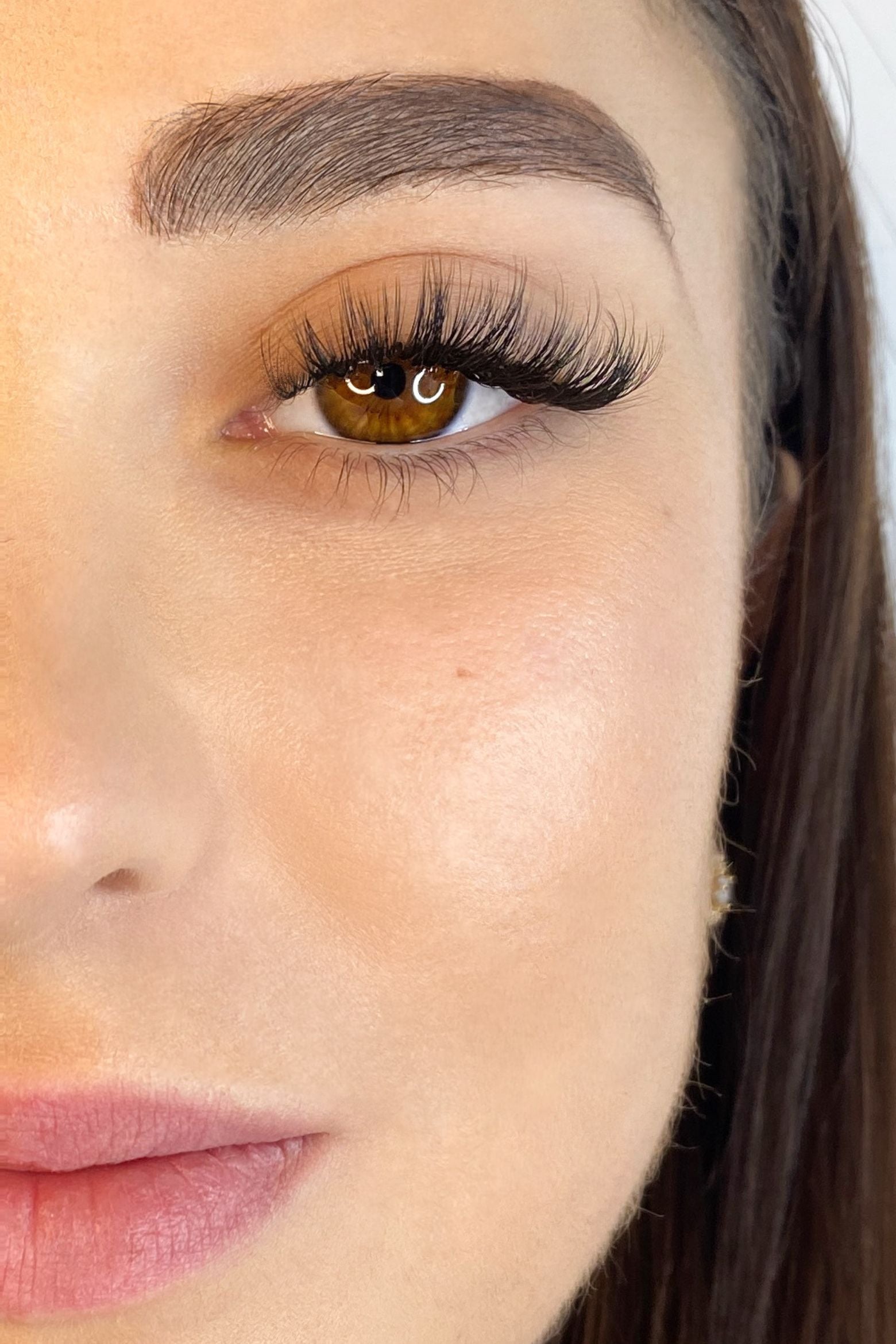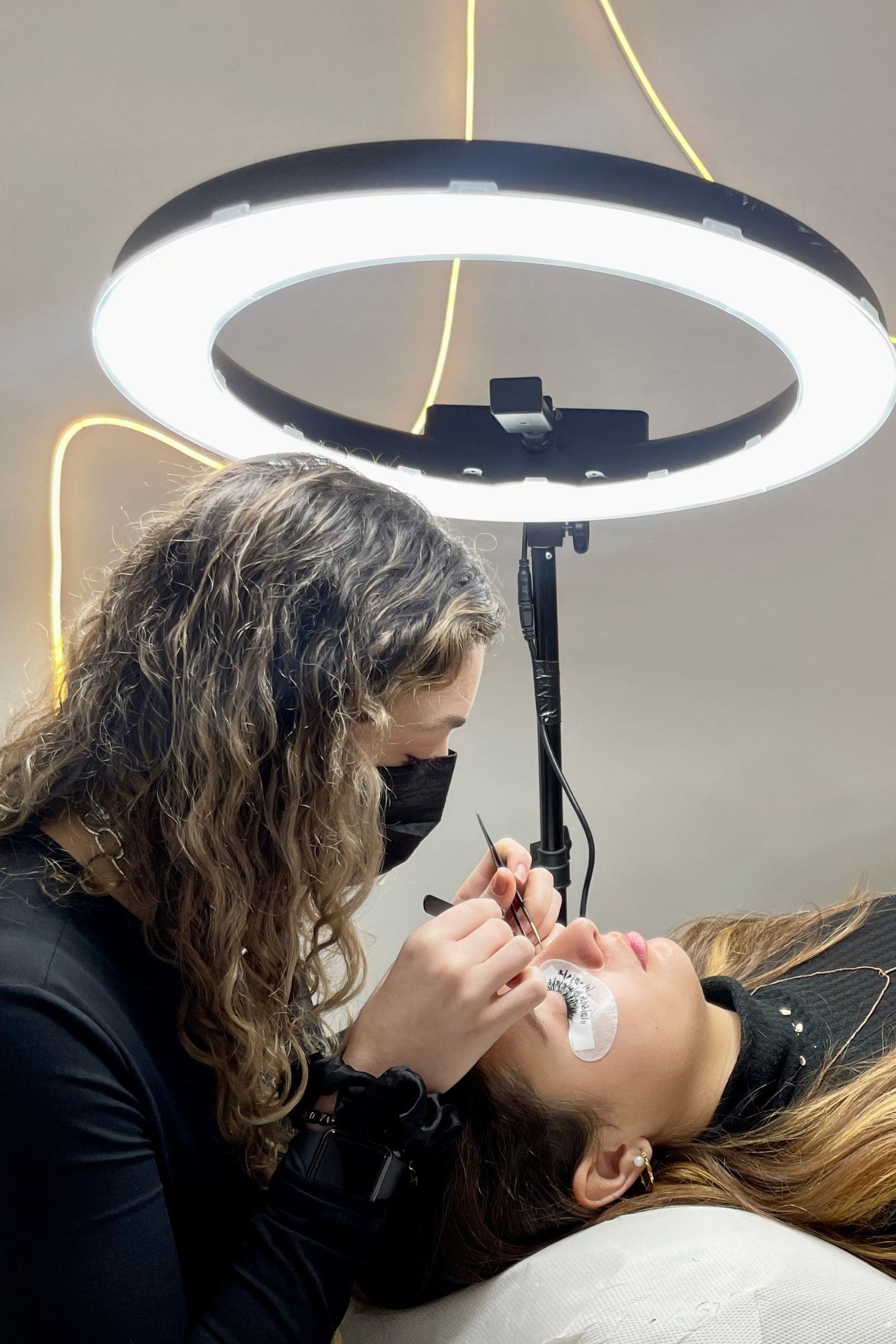Understanding Stringy Eyelash Extension Glue
Eyelash extension glue is one of the most essential products in your kit as a lash technician. Ensuring its freshness and quality is essential to delivering a professional, long-lasting service. Glue that becomes stringy or sticky often indicates a freshness issue, which can compromise extension retention, the safety of natural lashes, and even your client's satisfaction. Here's a comprehensive guide to identifying, preventing, and avoiding the use of stringy glue.
What is Stringy Glue?
When eyelash extension glue starts to become stringy, it is often a sign that it has expired or has not been stored properly. This stringy consistency affects adhesion and can lead to accidental bonding (multiple extensions sticking together), interfering with the application of eyelash extensions and compromising the security of natural lashes. To ensure a quality application, it is essential to use fresh glue, especially with high-quality products like those available from Maison Regard.
How to Identify Stringy Glue?
Stringy glue can be identified by a texture that feels viscous right out of the bottle. If, when dipping an extension into the glue, you observe a string or resistance to removal, this is a clear sign of deterioration. On a jade stone (preferred over glue rings to maintain its freshness), the glue can naturally become stringy after about 15 minutes; this simply means it's time for a new drop. But if this stringy consistency is present from the moment the glue is dispensed, it should be replaced immediately.
Don't Compromise Quality
Expired eyelash glue will not hold extensions in place optimally. While some technicians may be tempted to use expired glue while waiting for a new delivery, this is strongly discouraged. Degraded glue not only adheres poorly, but can also drip or touch neighboring lashes, creating accidental bonds. These bonds are not only unsightly, but can also damage natural lashes and make the application uncomfortable for the client.
The Risks of Using Expired Glue
In addition to ineffective adhesion, using expired glue can pose health risks to natural lashes and increase the risk of allergic reactions. Over time, the chemical composition of glue changes, which can cause unpredictable reactions. Using degraded glue is therefore risky for the safety of your clients, especially those with chemical sensitivities.
How Do You Know If Your Glue Is Still Fresh?
Always check the production date (DOP) on the bottle or its cardboard packaging. Alternatively, you can also look for the small open jar symbol, which indicates the shelf life after opening (in months). Generally, the glue remains stable for six months from this date when unopened. After opening, to ensure best results, replace the glue every 4 to 6 weeks. A good way to track the age of your glue is to write the opening date directly on the bottle or set a replacement reminder in your calendar.
How to Store Your Glue to Keep It Fresh Longer
While it's impossible to extend the shelf life of glue indefinitely, proper storage measures can help maintain its freshness. Here are the best practices for storing your glue:
-
Airtight Storage : Store the glue in an airtight container to protect it from moisture, which can accelerate its degradation.
-
Avoid the refrigerator : Never place opened glue in the refrigerator. This can cause condensation in the bottle, which may prematurely activate the glue's polymerization.
-
Ideal temperature and humidity : Keep the glue in a space at room temperature, between 18 and 22°C
-
Light: Always store your glue away from heat and direct sunlight.
-
Glue Shaker : A glue shaker is a great option for quickly and evenly mixing ingredients before each use, ensuring optimal performance. Alternatively, manually, it is recommended to shake your glue for at least 20 seconds after each use.
Tips to Avoid Stringy Glue Problems
-
Change the glue drop regularly : During application, replace the glue drop every 15 minutes to prevent it from becoming stringy.
-
Pay close attention to the consistency : When dipping an extension into the glue, check that it remains smooth and fluid. If it begins to pull or form strings, replace the bottle immediately.
-
Avoid sticking : The stringy consistency of the glue can lead to unintentional sticking, which not only affects the final appearance but can also cause discomfort. Fresh glue ensures fast and precise adhesion without the risk of sticking.
By recognizing the signs of stringy glue and following these guidelines, you can ensure high-quality results for your clients while maintaining their safety and the longevity of your applications. By working with quality products like those from Maison Regard, you can offer your clients flawless eyelash extensions and an exceptional professional experience.


